
Climate Smart Agriculture: Practices And Their Adoption
As the world strives to combat climate change, agriculture has become a key area for adaptation and mitigation efforts. Climate smart agriculture (CSA) aims to make agricultural systems more resistant to the effects of global warming. Precision agriculture platforms, also attempting to boost farm efficiency and productivity with little environmental impact, have contributed to the widespread adoption of climate smart farming.
Still, farmers, especially in developing countries, may find it challenging to make the switch to climate smart agriculture. Because of this, CSA practices need government and NGO backing and promotion.
What Is Climate Smart Agriculture?
Climate smart agriculture is a comprehensive strategy for managing farmlands, crops, livestock, and forests that counteracts the negative impacts of climate change on agricultural productivity.
There are three main objectives of climate smart agriculture:
- Productivity. By enhancing crop and livestock production and farm profitability, climatically smart agriculture works to raise overall agricultural productivity and provide greater food security.
- Adaptation. Climate smart agriculture aims to fortify agricultural infrastructure against the destructive effects of global warming. This entails taking measures to minimize susceptibility to climate-related threats like floods, droughts, or extreme heat.
- Mitigation. One of the primary goals of climatically smart agriculture is to reduce the amount of greenhouse gases released into the atmosphere because of farming activities, including methane emissions from livestock, paddy rice cultivation, and synthetic fertilizer use.
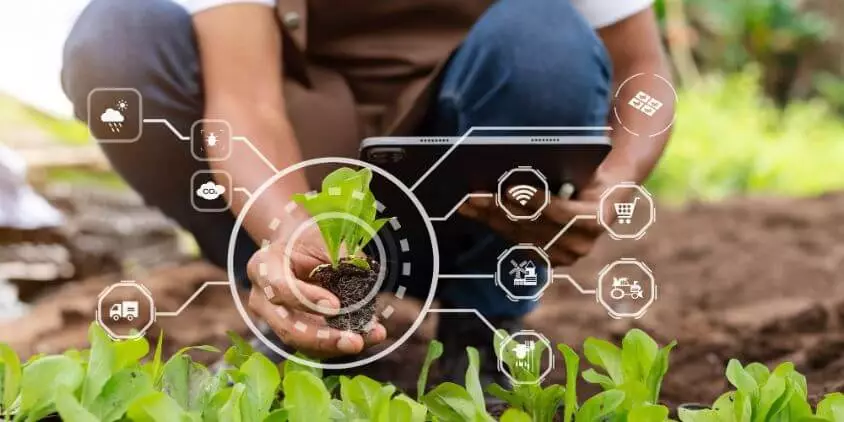
Farming, climate, and the natural environment — the three pillars of climate smart agriculture — are all interrelated. Taking this into account, climatically smart agriculture promotes combining traditional and contemporary knowledge and technologies to create agricultural practices robust to global warming effects. Farmers who adopt climatically smart agriculture practices see a rise in income while also helping to combat climate change and strengthen global food security.
Climate Smart Agriculture Practices
Climatically smart agriculture incorporates practices like boosting soil carbon absorption and reducing greenhouse gas emissions to mitigate climate change’s detrimental effects and boost agricultural production and profitability. CSA practices are very similar to precision agriculture in their focus on understanding the elements that influence crop output, soil health, air pollution, and other farming outcomes. We’ll move on to the fundamental practices of climate smart agriculture next.
Cultivating Climate-Resilient Crop Varieties
Growing crops that are more resistant to temperature and precipitation extremes can help farmers mitigate the impact of global warming on crop production. As agricultural expansion into unfavorable locations and formerly unsuitable terrain becomes the norm, the need to cultivate climate-resilient crops is rising . Improving yield stability and minimizing susceptibility to climatic hazards can be achieved through climate smart agriculture practices like the selective breeding of crop varieties with features appropriate to the local environment.
Knowing the temperature regime and the amount of precipitation in your region can help you determine which crops will thrive there. By providing this historical information, EOSDA Crop Monitoring makes it easy to foresee whether or not a crop will receive sufficient heat and precipitation in a certain field. You can select the most early-maturing and/or cold-resistant hybrid and shift your planting schedule if you see there won’t be enough warm days for the crop to mature before the onset of winter weather. Similarly, if the EOSDA Crop Monitoring rainfall historical data and forecasts are unfavorable, you can either prepare for additional irrigation or plant accordingly.
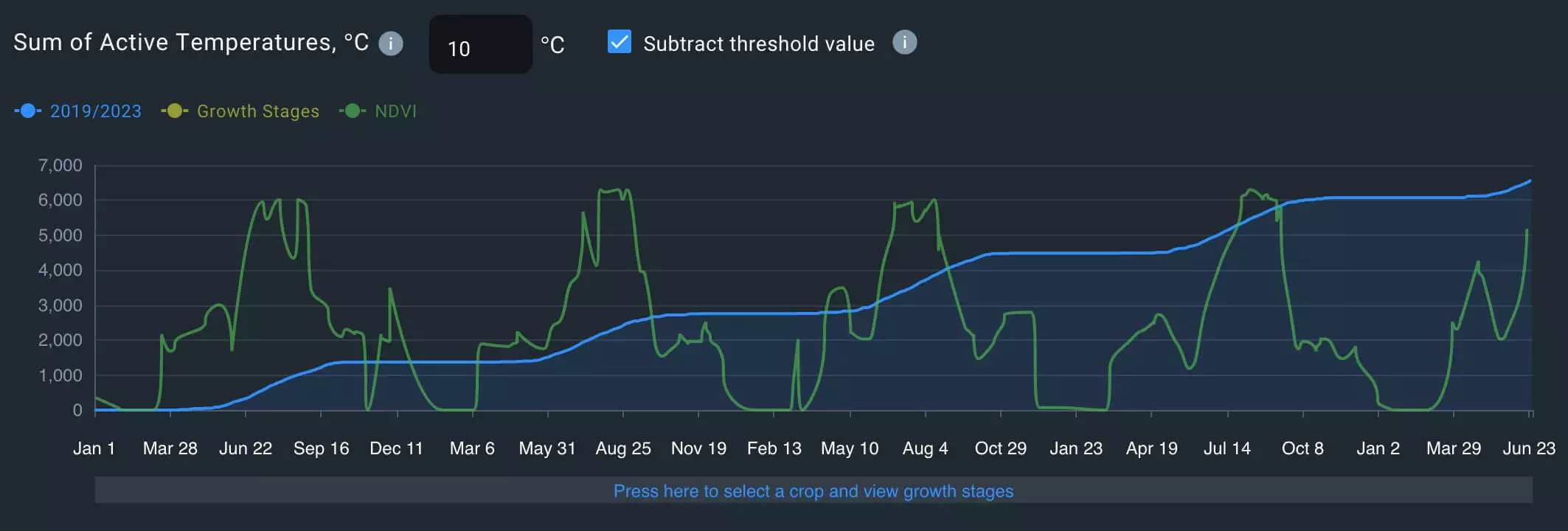

Conservation Agriculture
No-till and reduced-tillage cultivation, employing crop leftovers and cover crops to keep the land permanently covered, and rotating crops are all examples of climate smart conservation agriculture techniques that are put into place to protect soil quality. By boosting soil health, reducing erosion, and enhancing water absorption and land drainage, these methods promote resilience to climate change in agriculture.
Agroforestry
Agroforestry is the climate smart agriculture and forestry practice of growing trees alongside crops or livestock. Trees create shade and windbreaks and improve nutrient cycling for their “neighbors”, while also sequestering agri-related carbon dioxide. Agroforestry systems, which incorporate trees and shrubs into farmland to improve biodiversity and soil fertility, can be used to create more robust agricultural landscapes.
Water Management
Precision irrigation, drip irrigation, and collecting rainwater are all examples of effective climate smart agriculture strategies that can be used to maximize water consumption efficiency and reduce negative effects on the environment. In times of drought or erratic precipitation, these methods guarantee crops receive enough water with minimal wastage.
When it comes to a climate smart agriculture approach to managing water, the EOSDA Crop Monitoring platform is an excellent tool. We use satellite images and weather data from reputable sources to provide vital information for monitoring and decision-making, such as surface and root zone soil moisture, daily and cumulative precipitation, and more. To prevent nutrient leaching and water stress on your crops, fine-tune your irrigation plan based on soil moisture and rainfall data.

The NDMI vegetation index, which indicates the moisture level in plants, can also be used to evaluate the effect of water supplies on vegetation. Growers can use this index to determine if their crops are suffering from a lack of water and irrigate their fields accordingly.
Integrated Pest Management
Integrated Pest Management (IPM) is a climate smart farming strategy for controlling pests, weeds, and diseases that prioritizes ecological safety. Combining biological, cultural, and chemical approaches proved effective in lowering the need for synthetic pesticides. IPM strategies help preserve ecosystems, increase biodiversity, and shield useful organisms from harm.
Nutrient Management
Organic fertilizer application, precision fertilizing, and crop rotation are all examples of climatically smart nutrient management strategies that increase soil fertility while reducing nutrient runoff and the emissions of greenhouse gases from synthetic fertilizers. When nutrients are managed in this environmentally conscious way, there is less waste and greater efficiency in their use.
VRA maps on EOSDA Crop Monitoring help farmers ensure that nutrients are applied precisely. Our climate smart technology for agriculture compiles all of the satellite images of your field from the past few years to create a Productivity Map that color-codes different areas based on their average vegetation index value over the study period. With the help of this map, you can easily identify low- to high-yield zones and modify your PK (phosphorus and potassium) fertilizer applications accordingly. You can significantly cut costs and promote soil conservation by applying fertilizer at a variable rate.
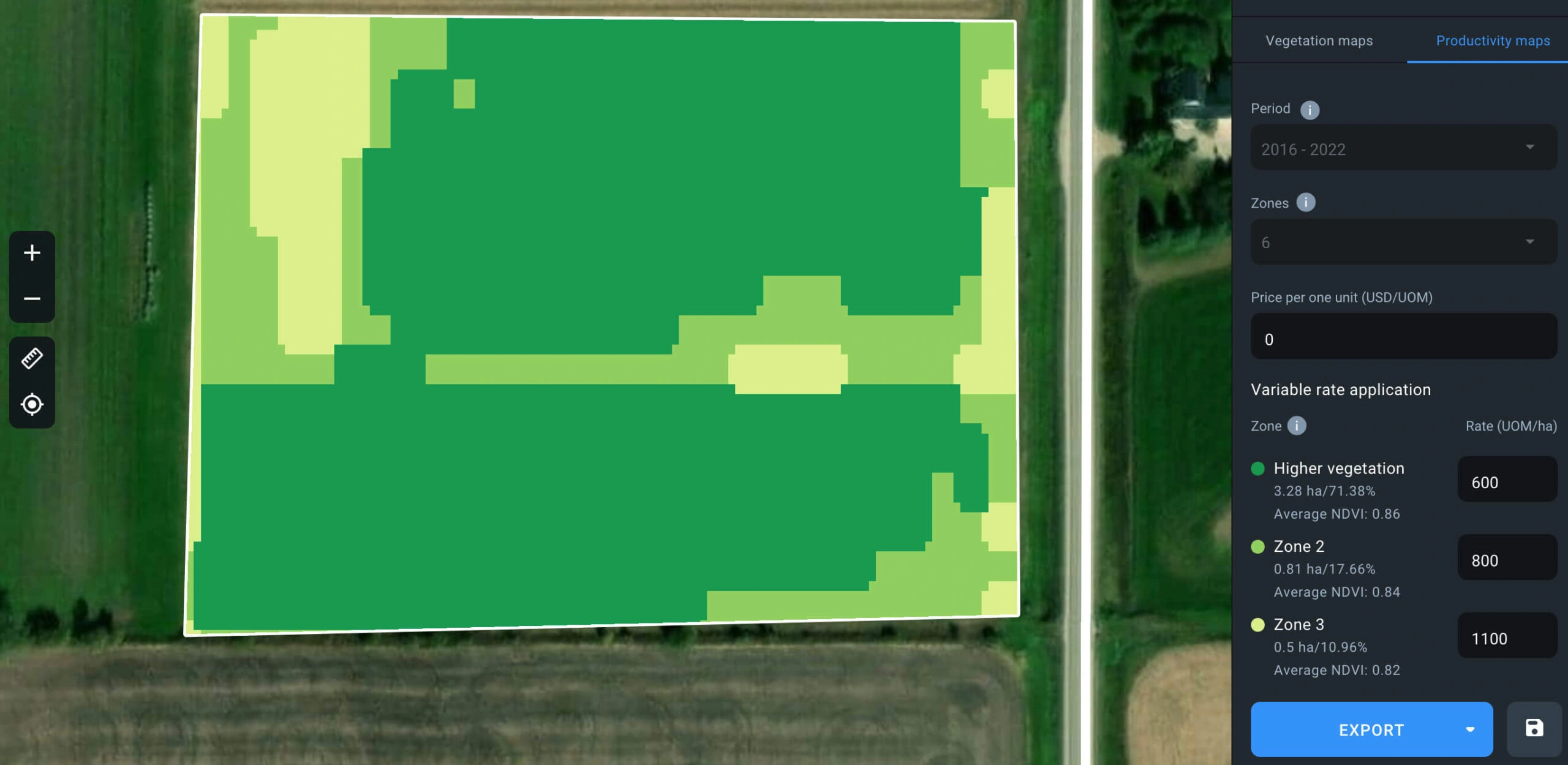
Livestock Management
Improved nutrition, less waste, and more efficient grazing are the three pillars of sustainable livestock management. Activities for climate smart agriculture, including rotational grazing, specialized feed formulations, and manure management, can help ranchers achieve their goals of lowering methane emissions while increasing livestock productivity.
Monitoring plant cover across several pastures is vital for climatically smart pasture management since most grazing systems involve moving livestock from one pasture, where the grass is already consumed, to another, fresh one. Using satellite crop monitoring, you can keep tabs on several pastures/fields and get a detailed picture of the plant density across all of them. If you have multiple pastures in a given region, the Global View feature makes it simple to see which one has sparser vegetation and hence needs more care.
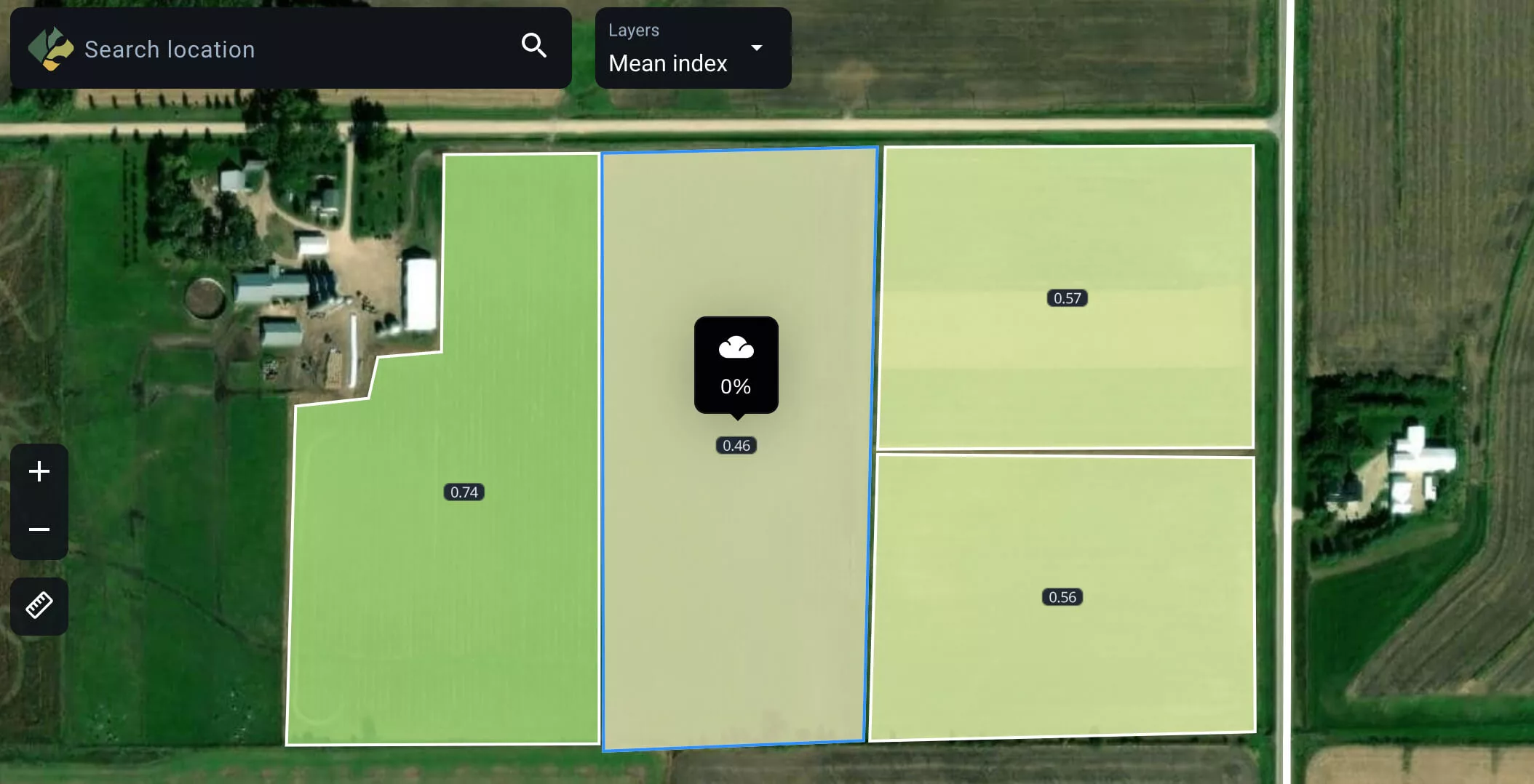
Information And Counseling On Climate-Related Issues
Farmers need reliable and timely meteorological and climatic data to make educated decisions. With access to weather and climate projections and advisory help, farmers can optimize agricultural practices, prepare for climate-induced hazards, and build resilience.
To adapt to the changing climate, agriculturalists must use both tried-and-true methods and innovations. Precision agriculture technologies can assist farmers and large agri-tech companies in the successful application of climate smart agricultural practices.
EOSDA Crop Monitoring
Fields analytics based on high-resolution satellite images to track all the changes on-the-spot!
Benefits Of Climate Smart Agriculture
The widespread adoption of climate smart farming practices benefits the environment, boosts farmers’ livelihoods, and opens up new economic avenues. More specifically, these are a few of its advantages:
- Improving agricultural productivity. Climatically smart agriculture methods increase crop yields by optimizing the use of water, fertilizers, and other agricultural inputs. Farmers also prevent water and heat stress on their crops, keep their soil healthy and rich in nutrients and moisture, and reduce pest and disease damage. As a result, by embracing climate smart agriculture, farmers can raise yields while remaining resilient in the face of climate change.
- Cutting back on emissions of greenhouse gases (GHGs). Conservation tillage, planting cover crops, using biochar in rural areas, and well-planned, precise fertilizer applications are only some of the climate smart farming methods recommended to reduce greenhouse gas emissions from agriculture .
- Reducing pollution and other environmental hazards. Climate smart agriculture helps mitigate environmental damage by relying on eco-friendly methods. Conservation farming helps keep soils from eroding, preserve land fertility, and save local plant and animal life. Smart water management conserves water supplies by lowering unnecessary consumption. Organic farming and IPM reduce the need for harmful chemical treatments, which is important for maintaining a balanced biome. Carbon dioxide is taken out of the atmosphere and stored in agroforestry systems, mitigating climate change.
In a broad sense, climatically smart agriculture advocates a comprehensive approach that finds a middle ground between economic viability and environmental sustainability to protect ecosystems over the long run.
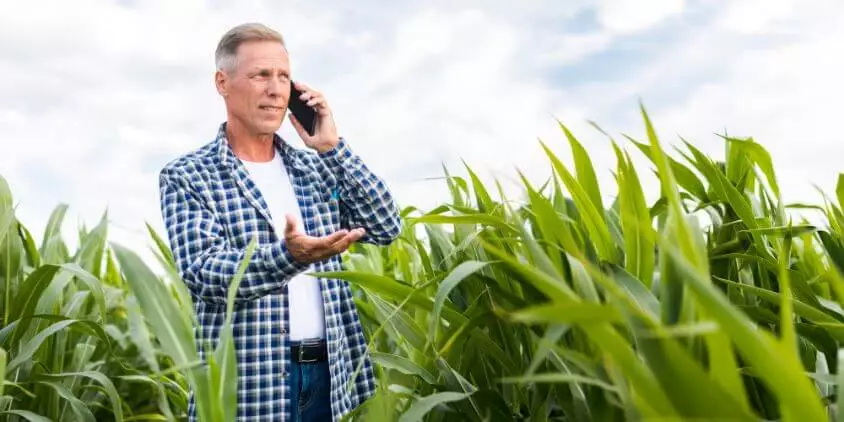
Challenges In Adopting Climate Smart Agriculture
Despite the many benefits of climate smart agriculture, particularly in rural and disadvantaged areas, farmers in most developing countries encounter the following difficulties in implementing it:
- Lack of knowledge and awareness. Even farmers enthusiastic about making the switch to climate smart agriculture may have trouble doing so due to a lack of information and access to established approaches.
- High costs at the outset. Climatically smart agriculture practices may call for expensive agricultural technology or infrastructure, which are out of reach for many farmers, especially smallholders.
- Market barriers. The market for climatically smart agricultural products is still small, so farmers may need help finding customers. It might also be challenging for farmers to recuperate their costs for implementing climate smart agriculture and make the switch profitable.
- Obstacles from policy and regulation. In some countries and regions, farmers will probably find it challenging to embrace climatically smart agriculture strategies due to governmental and regulatory obstacles. There may be outright bans on some climate smart agriculture technologies and activities and insufficient funding or technical support from government agencies.
- Cultural and social resistance. If farmers are inexperienced with the new technology or process, or if it conflicts with established farming norms, they may hesitate to implement it. Farmers attempting to implement contentious approaches to climate smart agriculture may also encounter pushback from locals.
Governments, along with concerned non-governmental groups and communities, bear the primary responsibility for raising the feasibility of climate smart agriculture and other sustainable farming practices, especially under the unfavorable conditions of developing countries.
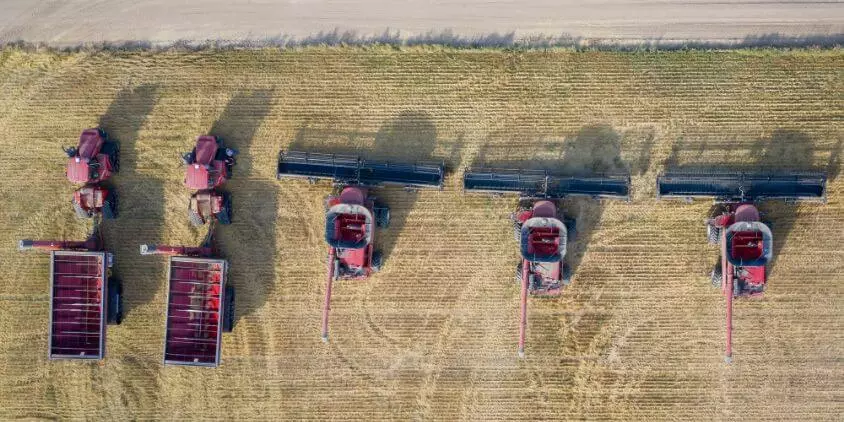
What Role Governments And NGOs Play In Fostering Climate Smart Agriculture
Agribusinesses’ decisions to adopt climate smart agriculture are affected by many factors, including the availability of resources for risk management, the level of understanding and knowledge, the accessibility of inputs, funding, and markets, and the need for income.
By offering incentives and removing restrictions, governments may tip the scales in favor of embracing climate smart agriculture practices. It is also essential to design new, sound policies and programs for sustainable agricultural growth, provide sufficient resources to assure their effective implementation, and modify existing laws and regulations. With a $22 billion commitment to Agriculture Department initiatives that follow CSA in the summer of 2022, the U.S. government is now leading the way in embracing climatically smart farming approaches .
The success of incentives to adopt climate smart agricultural practices also depends on the involvement of civil society. Extension services, policy advocacy, testing climatically smart agriculture systems, and scaling them up are all areas where non-governmental organizations (NGOs) can make a difference. To give one example, Swedish NGOs have spearheaded a successful initiative to reduce carbon emissions from farms in Kenya. Over 60,000 smallholders were united by Africa’s first carbon project for agriculture, which promoted shared knowledge and improved resource management .
This means governments and NGOs can pave the way for climate smart agriculture, which in turn creates resilient and sustainable farming systems.
Preparing Farmers For The Impacts Of Climate Change
Global warming has introduced new challenges and uncertainties for farmers. So they have to adjust their practices to accommodate the new climate’s normal in their area.
Innovative strategies and technologies, perhaps foreign to conventional farming, are integral to climate smart agriculture. Agroforestry, soil conservation, and water management are all practices that farmers and landowners need to learn in order to put into action successfully. Thankfully, agriculture producers can increase productivity and profits, lessen production risks, and ultimately improve their livelihoods with the help of CSA knowledge and expertise.
Precision agriculture platforms like EOSDA Crop Monitoring play an important part in the process of promoting and optimizing climate smart farming. They compile the most up-to-date knowledge in environmental science with regional data in a format that farmers can use to make environmentally responsible choices.
In addition, tailored solutions equip farmers with the specific information and tools they need to deal with the climate’s unpredictable swings. To help farmers adopt appropriate soil management practices and contribute to global warming mitigation, EOSDA is developing a unique Soil Carbon monitoring solution based on remote sensing and data analytics. Get in touch with us at sales@eosda.com if you’re curious about the opportunities EOSDA provides for implementing farm-level climate smart agriculture and other sustainable practices.
About the author:
Vasyl Cherlinka is a Doctor of Biosciences specializing in pedology (soil science), with 30 years of experience in the field. He attended the engineering college in Ukraine and received his degree in agrochemistry, agronomy and soil science in the Chernivtsi National University. Since 2018, Dr. Cherlinka has been advising EOSDA on problems in soil science, agronomy, and agrochemistry.
Recent articles

Analyze 2025 & Plan Your Best Year Yet: LandViewer Christmas Offer
It’s the most wonderful time of the year! The Christmas holidays are here, and so is your chance to analyze 2025 and plan a prosperous 2026 with more affordable Pro plans in LandViewer.

EOSDA Models Climate Change Impact On Sugarcane Yields
EOSDA modeled future temperature, rainfall, and other climate impacts on Veracruz sugarcane. The results help growers plan long-term adaptation strategies, including timing, varieties, and irrigation.

EOSDA LandViewer Black Friday Sale: Exclusive Offers & Giveaway
This Black Friday, LandViewer offers new users the chance to save on monthly plans, get extra months with yearly subscriptions, and participate in a free annual plan giveaway.